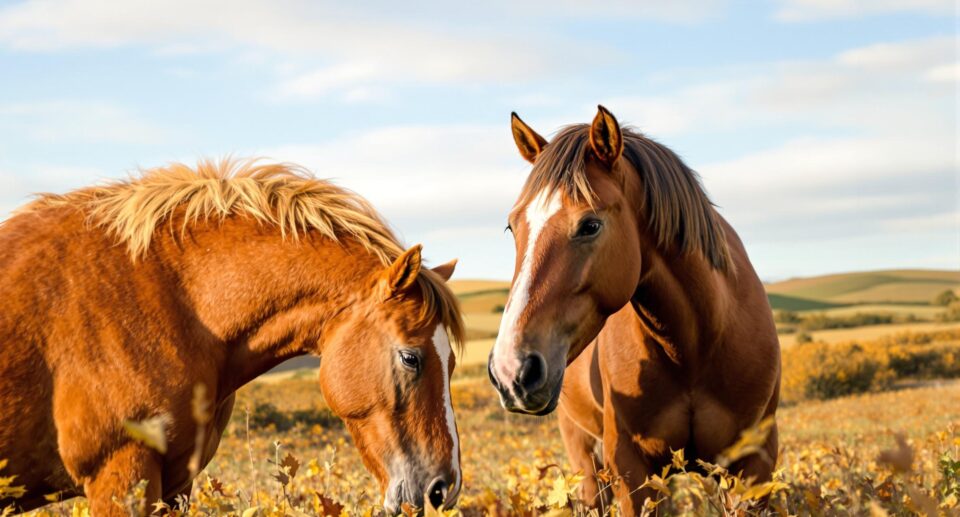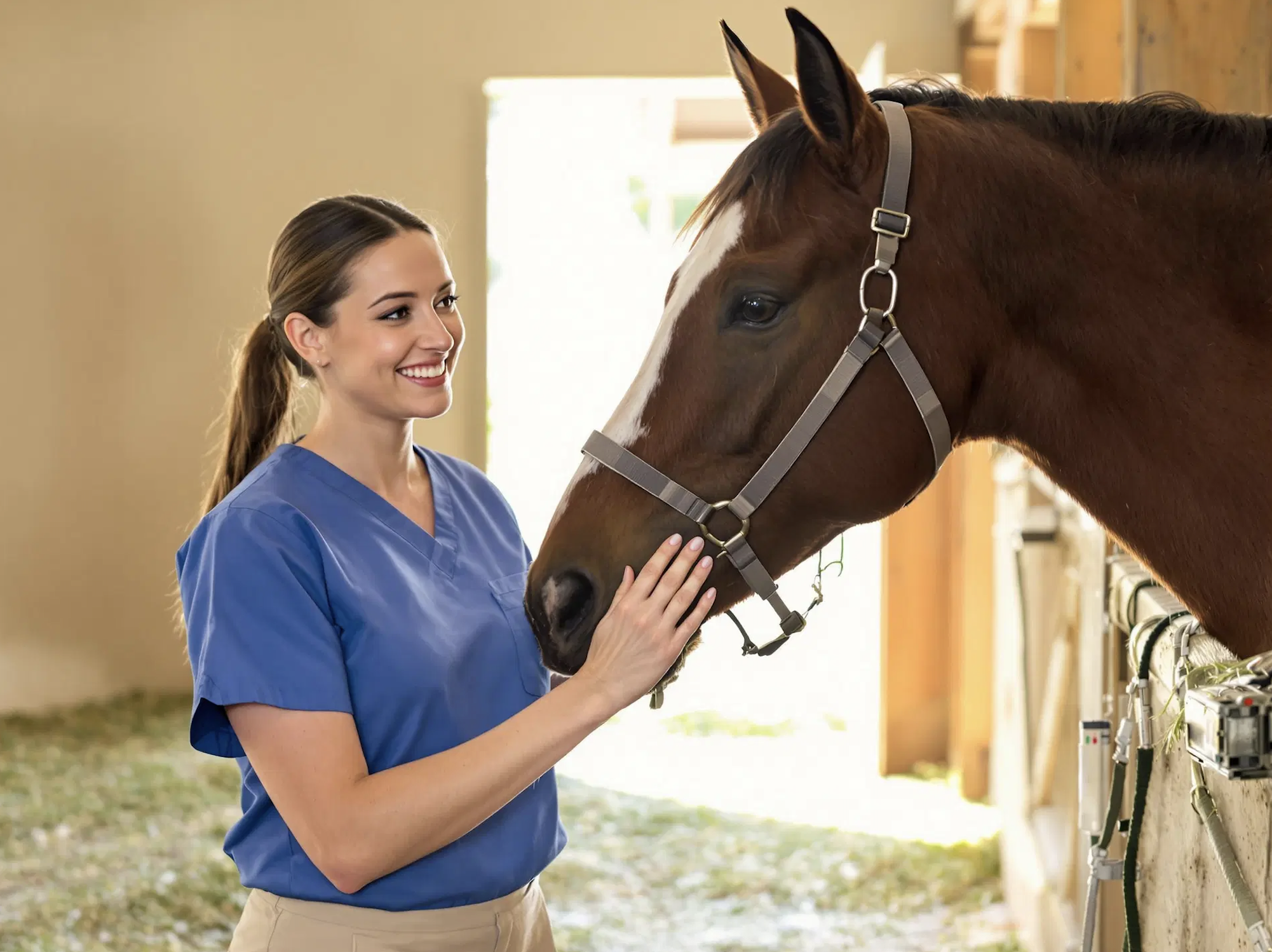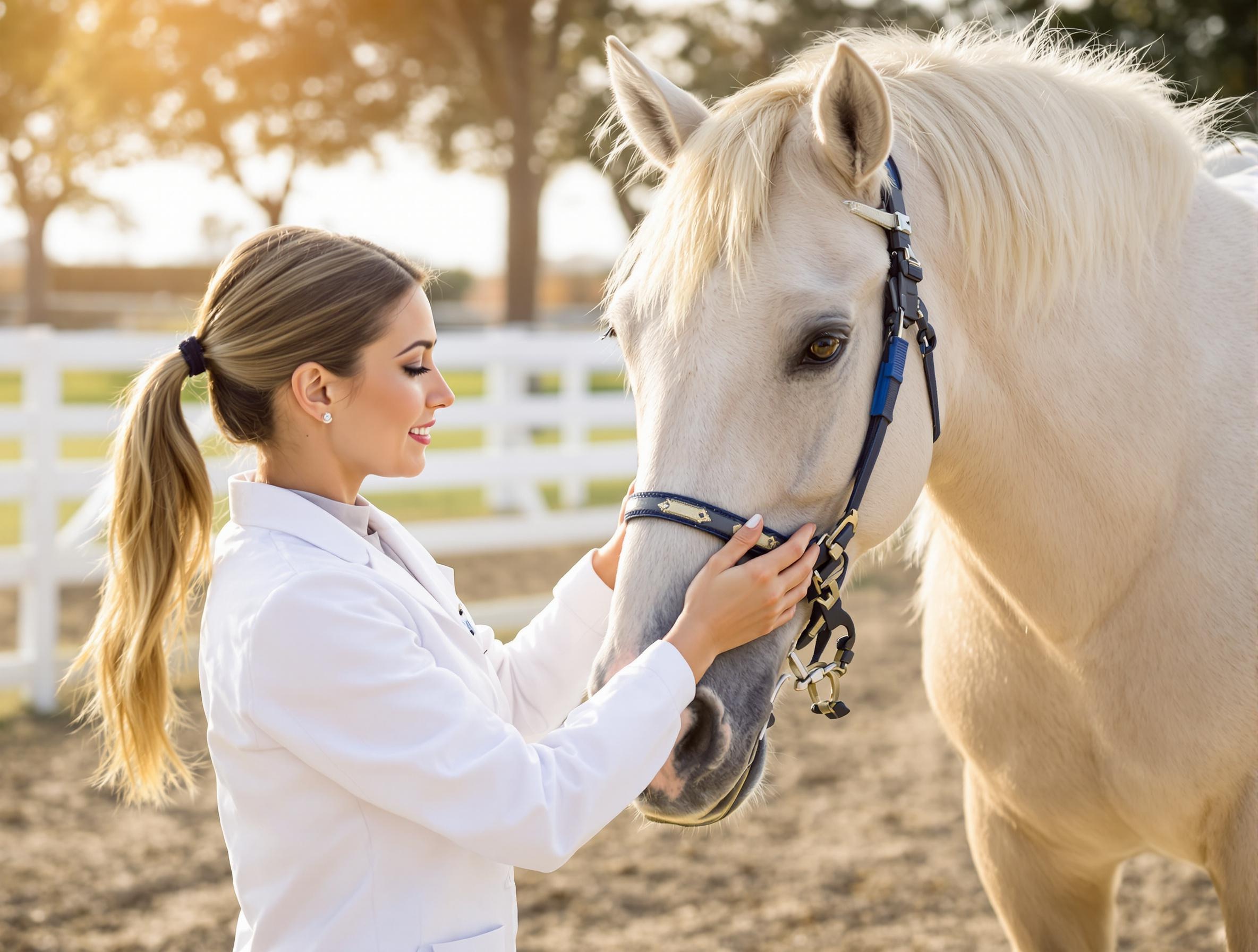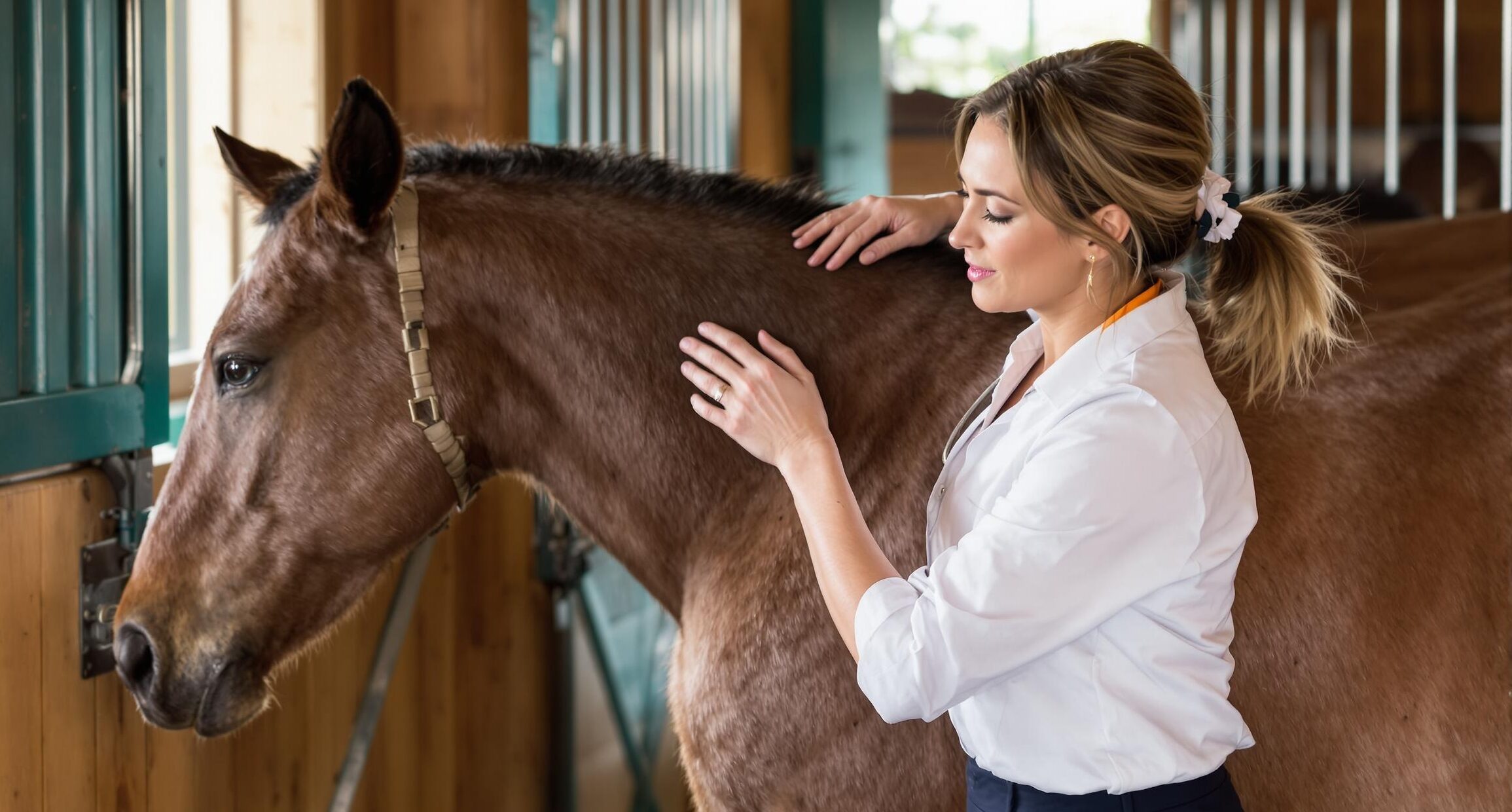Fall Hoof Care for Horses
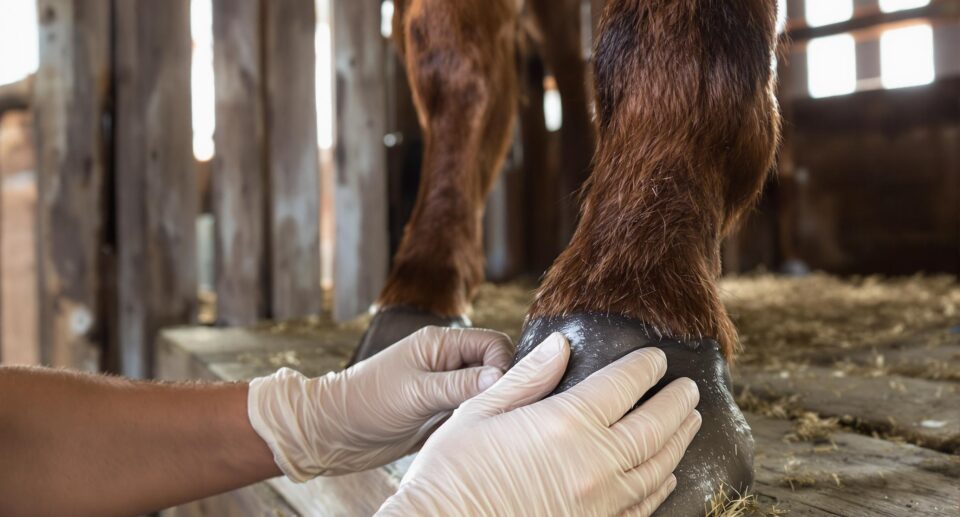
With the leaves turning colors and pumpkin spice in the air, it’s time for another fall season staple: hoof care for horses. While you may take excellent care of your horse’s hooves year-round, the autumn season is a time for special considerations. Fickle weather and rainy days bring on environmental changes that can put your horse’s hoof health at risk. Use these fall hoof care tips to keep your horse’s feet in good shape so they’re ready for a cold winter.
Prevent Fall Laminitis In Horses
While we think of spring as the time to keep at-risk horses from overgrazing in the pasture, autumn is also associated with grass that’s high in non-structural carbohydrates (NSC), or starches and sugars linked to an increased risk of laminitis.
Grass tends to use up its sugar storage at nighttime to fuel its growth. Cold nights slow nighttime growth, leading to high NSC levels. Grass NSC levels fluctuate throughout the day, and different species of grass react differently to the cold. For high-risk horses, you may need to keep them from grazing until the nighttime temperature is consistently below freezing and the grass has become dormant.
Horses with a history of founder are at greater risk for a recurrence unless they are prevented from grazing. Limit your founder-prone horse’s access to pasture, or use a grazing muzzle to keep them from overindulging.
To make matters worse, in the fall, all horses experience elevated ACTH, the hormone that signals the body to produce more cortisol, accumulate body fat and grow a thick coat to prepare for cold winter weather. Increased cortisol is associated with insulin resistance. Horses with Cushing’s disease, equine metabolic syndrome, or unexplained history of laminitis have a tendency to experience laminitis flare-ups in the fall for this reason.
To protect your at-risk horse from laminitis, ask your veterinarian about using a blood test to evaluate their ACTH level and prescribing treatment, if needed. Also look out for symptoms of laminitis including an altered gait and warmth radiating from the hoof. Ask your vet about using HEIRO Insulin Resistance, an herbal supplement that helps keep fall laminitis at bay.
Fall Hoof Thrush In Horses
With increased rainfall in autumn, your horse may spend more time around mud and slippery leaf litter. The fluctuation between cold, wet conditions in the morning and evening and warm, dry afternoons can cause the hoof wall to expand and crack. You can help keep your horse’s hooves strong with a hoof-building supplement like Hooflex .
Increased moisture, especially when it seeps through cracks, leads to the overgrowth of the bacteria and fungus that cause hoof thrush. Thrush Buster is a topical hoof treatment that prevents and treats thrush for up to eight days before you need to reapply it.
Preparing for Winter
In the fall, you can start to think about whether you’ll let your horse go barefoot in the winter to give them a break from shoes, or whether you might need snow pads, boots, and other wintertime accessories. Supplies tend to run low by mid-winter, so now’s a good time to stock up on those snowy day essentials.

